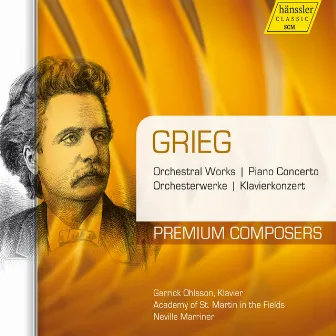Performance
Monthly Listeners
Current
Followers
Current
Streams
Current
Tracks
Current
Global Rank
Current
Listeners 2,616,043
Top Releases
View AllBiography
Founded in 1958 by Sir Neville Marriner, the Academy of St Martin in the Fields has evolved into a musical powerhouse, an orchestra renowned across the world for its commitment to the musical freedom of its players and the sharing of joyful, inspiring performances. Today, with Music Director Joshua Bell, ASMF’s player-led approach empowers every member of the orchestra. This creates a direct line and electrifying connection between the orchestra and our audiences, resulting in ambitious and collaborative performances that transcend the more traditional conductor-led model. Our collective artistic responsibility fosters enduring collaborations with world-renowned soloists, exemplified by our 15-year partnership with Music Director and virtuoso violinist Joshua Bell. These collaborations showcase the benefits of trust and true artistic collaboration developed over time. Building on its rich global legacy, ASMF remains one of the world’s most-recorded orchestras, igniting a love for classical music in people around the world through live performance and digital initiatives. Today, we continue a busy international touring programme alongside a significant presence in the UK – making us one of the country’s most celebrated cultural exports.







![Classic Highlights Waltz of the Flowers, Air, Moonlight, Dance of the Blessed Spirits (Orpheus) [Classical Masterpieces] by Academy of St. Martin in the Fields](/stats/image/ab67616d0000b2733fec55fdabfc4999ef63cae6/336)





